Search Images
Browse Content (p. 1291)

Image
Benten Pond, Daigoji
The Benten Pond of the Daigoji Buddhist temple complex at Kyoto, Japan. The site was founded in 874 CE.
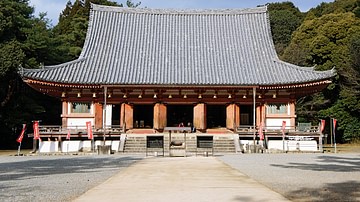
Image
Main Hall, Daigoji
The Main Hall (Kondo, aka Golden Hall) of the Buddhist temple complex Daigoji, Kyoto, Japan. Kamakura Period (1185-1333 CE).

Image
Daigoji Pagoda, Kyoto
The five-storey pagoda at the Buddhist temple complex of Daigoji, Kyoto (Heiankyo), Japan. Built in 951 CE, it is the oldest building in the city.
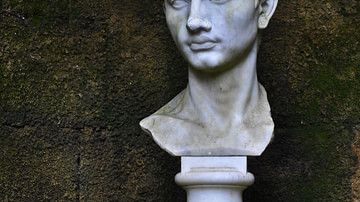
Image
Virgil
Bust of Roman poet, Virgil (70-19 BCE).
Parco della Grotta di Posillipo, Piedigrotta, Naples.
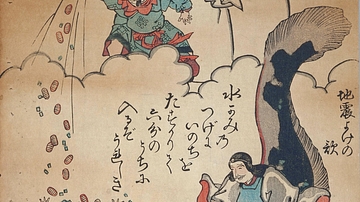
Image
Namazu
An 1855 CE woodblock print depicting Namazu, the catfish of Japanese mythology which causes earthquakes and redistributes wealth via his chaos.

Image
Torii, Fujiwara Inari Shrine
The Fushimi Inari Shrine near Kyoto (Heiankyo) is the largest and most important shrine dedicated to Inari, the Shinto god of rice and prosperity. It is famous for the large number of red gates (torii) at the site. The shrine was founded...
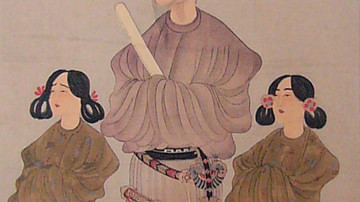
Image
Prince Shotoku Painting
An 8th century CE painting possibly of Prince Shotoku (and his two sons), Regent of Japan from 594-622 CE. Stored at the Horyuji temple, Nara.
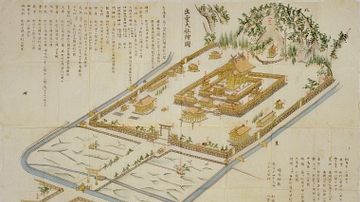
Image
Izumo-taisha Layout
A 19th century CE drawing of the Shinto shrine complex at Izumo-taisha, Japan.
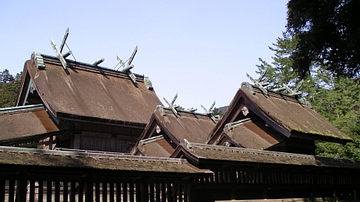
Image
Honden, Izumo-taisha
The honden of the Shinto Izumo-taisha shrine, Shimane, Japan. Founded prior to the 7th century CE, the present building dates to 1744 CE.
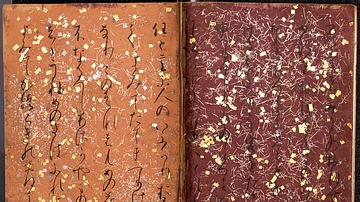
Image
Kokinshu
The Kokinshu is an imperially commissioned anthology of 1,111 poems with the full, but less familiar, title of Kokin Wakashu, meaning “Collection of Ancient and Modern Waka Poems”. It was compiled by the poet Ki no Tsurayuki in 905 CE and...